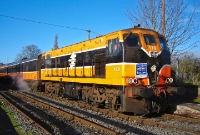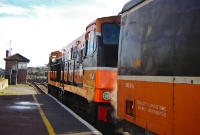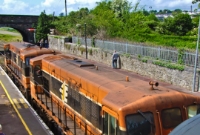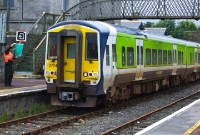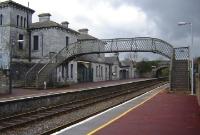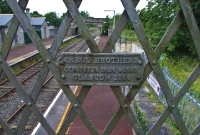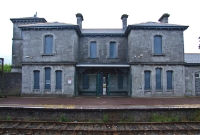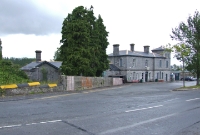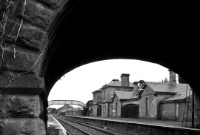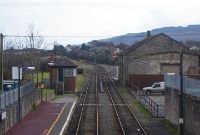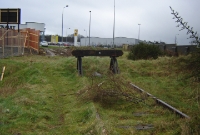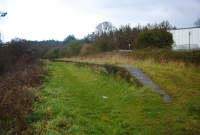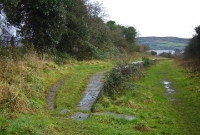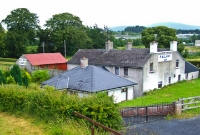Clonmel
Clonmel, Co.Tipperary, is one of the more important stations on the underused cross country line from Waterford to Limerick. The line was opened in 1852 by the Waterford and Limerick Railway, and then taken over by the Great Southern & Western in 1901. Clonmel was also the junction for an 1879 built line that ran north to join the main GSWR's Dublin to Cork route at Thurles, but passenger services on this line ended in 1963, and closed completely in 1967. Clonmel therefore boasted a concrete built locomotive shed and facilities, located at the south end of the station on the down side. The station however still retains its large and imposing station building, brick built signal cabin and goods shed, along with the original GSWR footbridge. Beyond the road overbridge at the west end the derelict cattle sidings remain. A short section of the already mentioned closed Thurles line remains, and once used for storing redundant goods wagons. Just beyond this short stub was Powerstown racecourse platform, which still remains and is included here.
